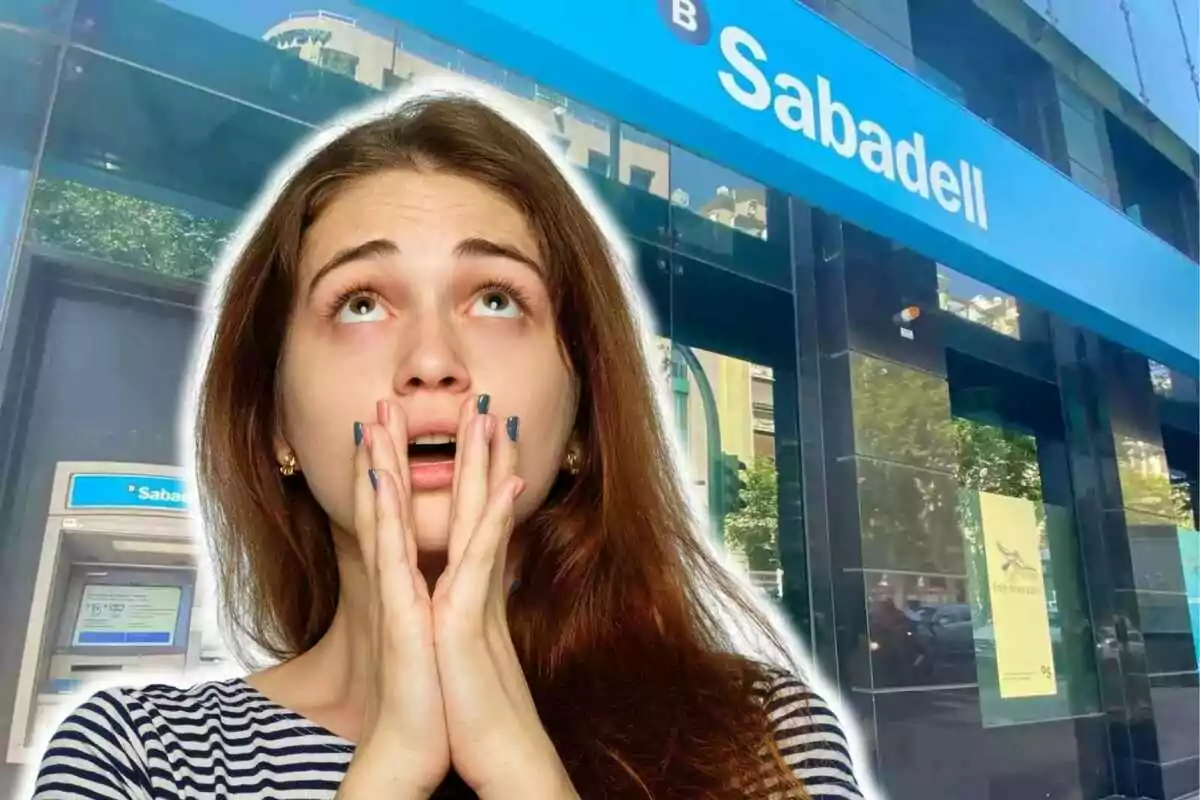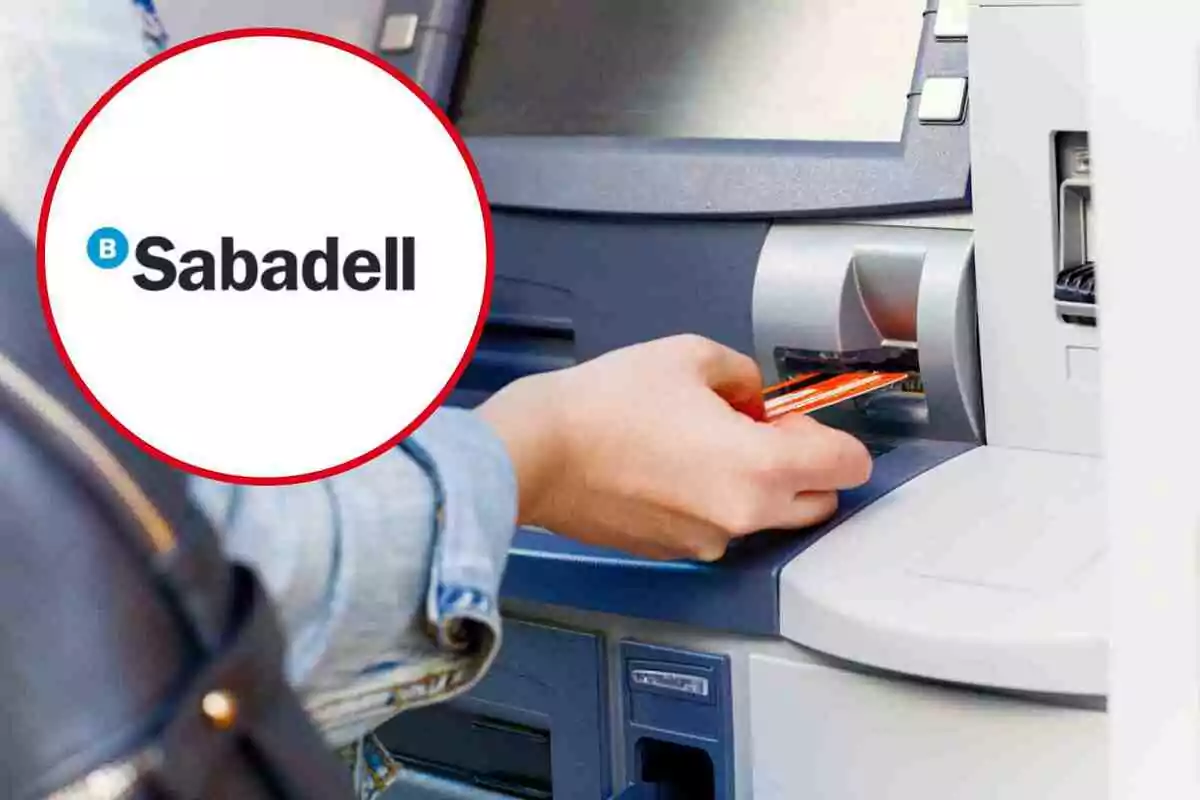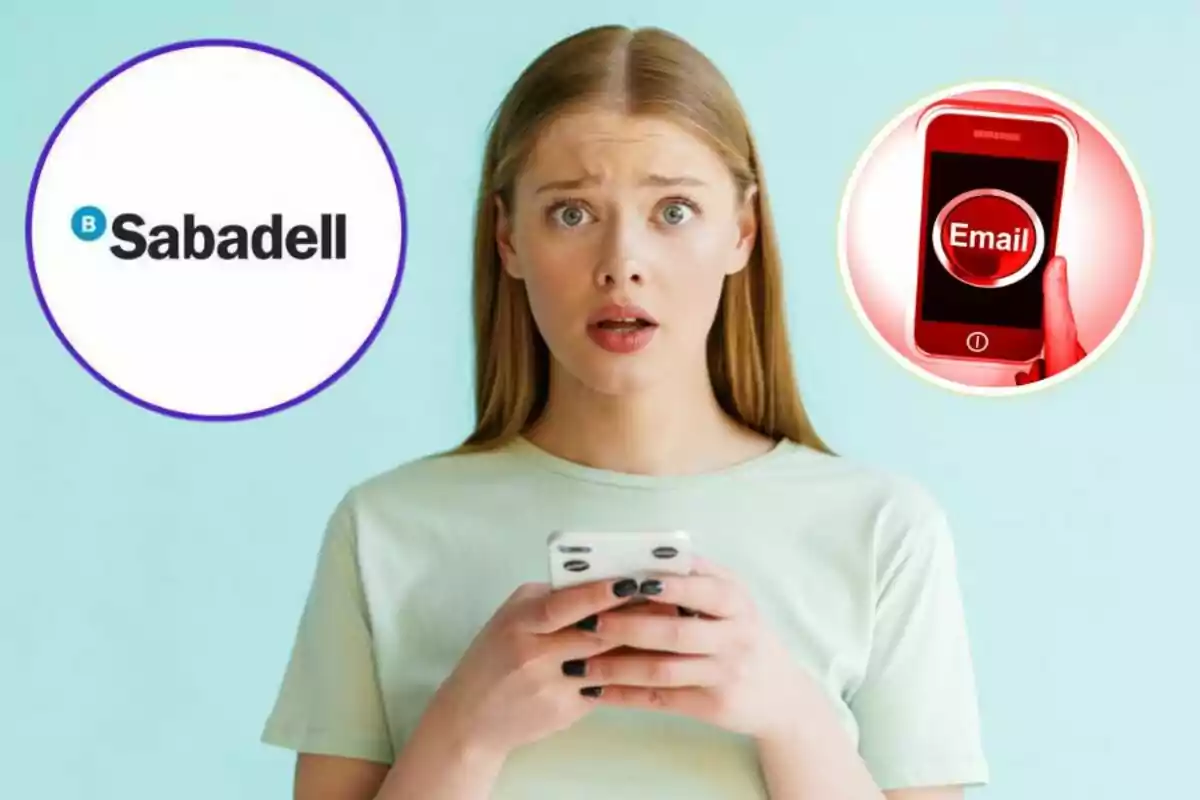
Urgent Statement from Banco Sabadell: Be Very Careful or They'll Empty Your Account
Banco Sabadell has warned about frauds like "phishing", "smishing" and "vishing", which are increasingly used methods
Banco Sabadell has issued an important notice to all its customers. Digital scams are on the rise and criminals have refined their tactics to deceive users and steal their money. "Phishing", "smishing" and "vishing" are the most commonly used methods to impersonate the bank and obtain confidential information.
The bank emphasizes that being informed about these frauds is essential to avoid falling into their traps. Knowing how scammers operate and what signs can reveal a fraud attempt is key to protecting your accounts.

Banco Sabadell warns of the most common frauds
"Phishing" is one of the techniques most used by cybercriminals to deceive Banco Sabadell's customers and other entities. It is based on sending fake emails that mimic the appearance of official bank communications.
These emails usually include an urgent message requesting the user to update their data or verify allegedly suspicious activity in their account. The message contains a link that directs to a website that appears to be Banco Sabadell's, but is actually a fraudulent copy. If the user enters their information on this fake website, the scammers gain access to their bank account.
Banco Sabadell reminds that they will never request passwords, bank details, or confidential information via email. If you receive a suspicious message, it's best to ignore it and contact the bank through its official channels.

"Smishing": When Fraud Arrives via SMS
"Smishing" follows a similar strategy to "phishing" but, in this case, criminals use text messages. Banco Sabadell's customers may receive an SMS alerting them about an alleged problem with their account. Thus, they urge them to click on a link or call a phone number.
These messages may seem legitimate, as scammers mimic the numbers and communication tone of the bank. However, upon accessing the link, the victim is redirected to a fake website where personal information is requested.
In other cases, the message may indicate that the account has been blocked for security reasons. Meanwhile, they ask for a call to solve it. The call, however, will be answered by the scammers themselves, who will try to obtain confidential data.

Banco Sabadell insists that they will never send SMS requesting bank details or links to update information. If you receive a suspicious message, don't click on any link and contact the bank directly.
"Vishing": The Phone Scam That an Cost You Dearly
"Vishing" is another of the frauds that most concern Banco Sabadell. In this case, scammers make phone calls pretending to be bank employees. With excuses like suspicious access to the account or a fraud attempt, they try to convince the victim to provide private information.
In some cases, criminals use advanced techniques so that a number that appears to be Banco Sabadell's shows up on the phone screen. During the conversation, they may ask to install an application to "ensure the account's security." But in reality, this app will allow scammers to access the device and steal sensitive information.

Banco Sabadell emphasizes that its employees will never ask for passwords, security codes, or credit card information over the phone. If you receive a suspicious call, hang up and contact the bank through official channels.
How to Protect Yourself from Bank Scams
To avoid falling for these frauds, Banco Sabadell recommends following these security measures. Be wary of unexpected emails and SMS. If a message asks you to access a link or provide banking information, it's best to ignore it.
Banco Sabadell will never ask for confidential information by phone, email, or SMS, so never share your data with third parties.
Verify the authenticity of messages and calls. If you have doubts, contact Banco Sabadell directly at official phone numbers and addresses. Remember that a good antivirus and the latest operating system updates can help prevent attacks.
More posts: